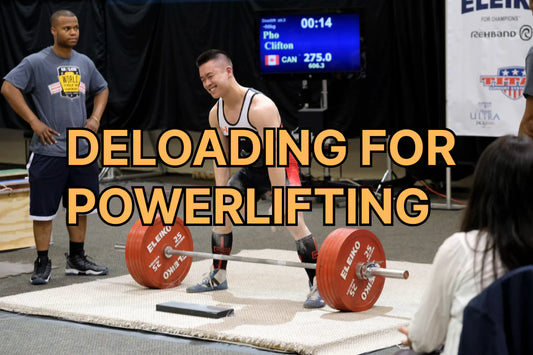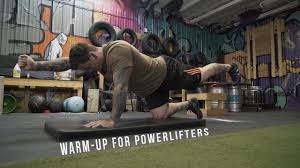
Powerlifting Warm-Up: Preparing Your Body for Heavy Lifts
Skipping your powerlifting warm-up is like trying to run a marathon without stretching – it's a recipe for potential injury and suboptimal performance. A well-structured powerlifting warm-up is crucial for preparing your body for heavy lifts, increasing blood flow, improving mobility, and activating the necessary muscle groups. This article will guide you through the essential components of an effective pre-workout routine for powerlifting.
Why a Proper Warm-Up is Essential:
A comprehensive warm-up offers numerous benefits for powerlifters:
- Increased Blood Flow: Warms up your muscles, making them more pliable and less susceptible to strains.

- Improved Joint Mobility and Range of Motion: Allows you to achieve proper positioning and depth in your lifts.
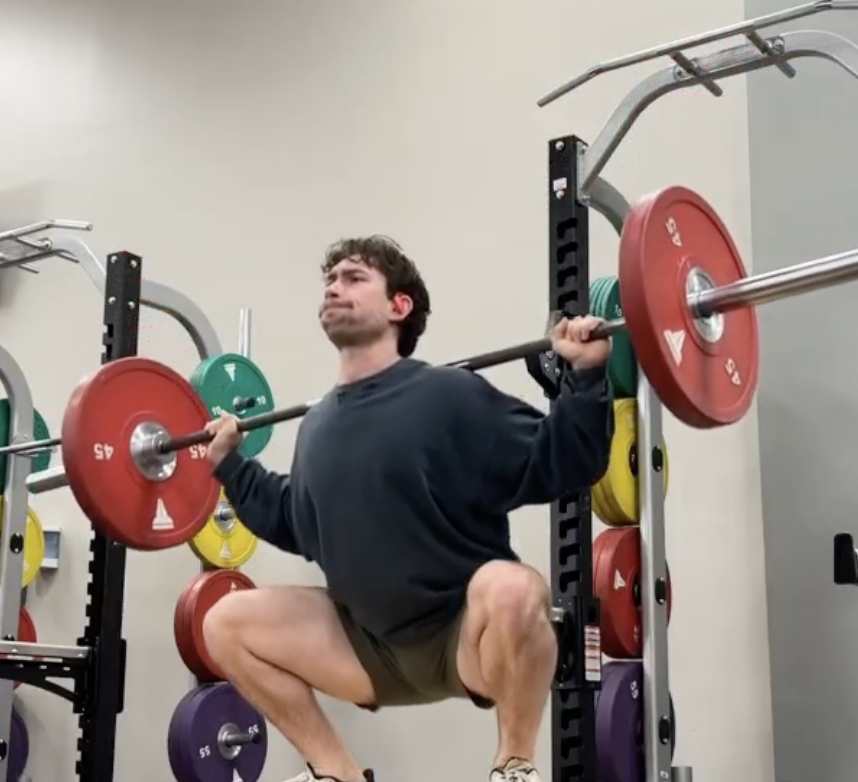
- Muscle Activation: Engages the specific muscles you'll be using during your workout, improving coordination and power output.
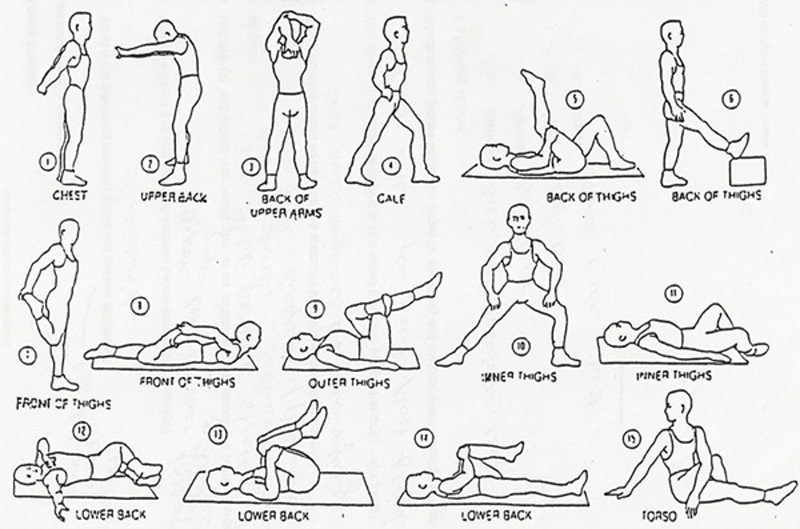
- Enhanced Nervous System Activation: Prepares your body for the demands of heavy lifting, improving strength and explosiveness.
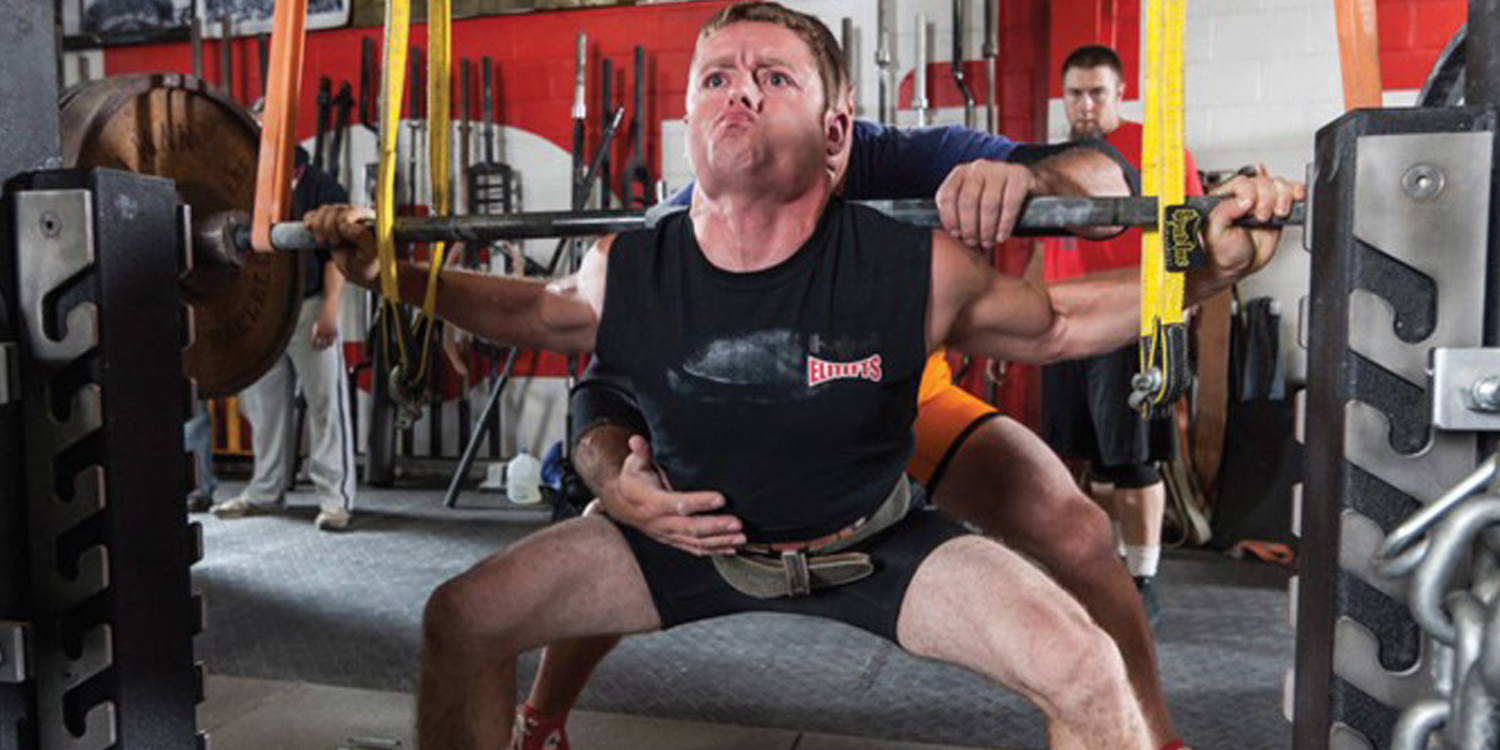
- Reduced Risk of Injury: Makes your muscles and connective tissues more resilient to the stresses of heavy loads.
Components of an Effective Powerlifting Warm-Up:
A well-rounded powerlifting warm-up typically includes three phases:
-
General Warm-Up (5-10 minutes): This initial phase aims to increase your overall body temperature and heart rate. Examples include:
- Light cardio like jogging in place, jumping jacks, or cycling.
- Dynamic movements like arm circles, leg swings, and torso twists.
-
Dynamic Stretching and Mobility Work (5-10 minutes): Dynamic stretches powerlifting involve controlled movements that take your joints through their full range of motion. This phase focuses on improving mobility and preparing specific muscle groups for the lifts. Examples include:
- Leg swings (forward, backward, and lateral) for hip mobility.
- Arm swings and circles for shoulder mobility.
- Torso twists for spinal mobility.
- Hip circles for hip joint preparation.
- Band pull-aparts for activating the upper back.
-
Specific Warm-Up (5-10 minutes per main lift): This phase involves performing the competition lifts (squat, bench press, deadlift) with gradually increasing weight. The goal is to prime your nervous system and refine your technique with lighter loads before hitting your working sets.
- Start with the empty barbell for several reps.
- Gradually increase the weight in small increments (e.g., 10-20% of your working weight per set), performing a few reps at each weight
- The number of warm-up sets will depend on the weight you're planning to lift. Heavier lifts typically require more warm-up sets.

What About Static Stretching?
Static stretches powerlifting, where you hold a stretch for a period of time (e.g., 30 seconds), are generally recommended after your workout or on rest days to improve flexibility. Performing static stretches before heavy lifting may temporarily decrease power output and stability.
Sample Powerlifting Warm-Up Routine:
Here's a general example; adjust based on your individual needs and the lifts you'll be performing:"
- General Warm-Up (5 minutes): Jumping jacks and arm circles.
- Dynamic Stretching (7 minutes): Leg swings (10 each leg), arm swings (10 each arm), torso twists (10 each side), hip circles (10 each direction).
-
Specific Warm-Up (for Squat):
- Bar x 5 reps
- 40kg x 3 reps
- 60kg x 2 reps
- 80kg x 1 rep (working weight might be 100kg+)
- Repeat Step 3 for Bench Press and Deadlift.
Listen to Your Body:
Pay attention to how your body feels during your warm-up. If you feel any tightness or discomfort, spend extra time addressing those areas with appropriate movements.
A well-executed powerlifting warm-up is an investment in your performance and longevity in the sport. By incorporating a combination of general warm-up, dynamic stretches powerlifting, and specific warm-up sets, you'll prepare your body for heavy lifts effectively, minimize your risk of injury, and set yourself up for a successful training session. Make your warm-up a non-negotiable part of your pre-workout routine for powerlifting.






